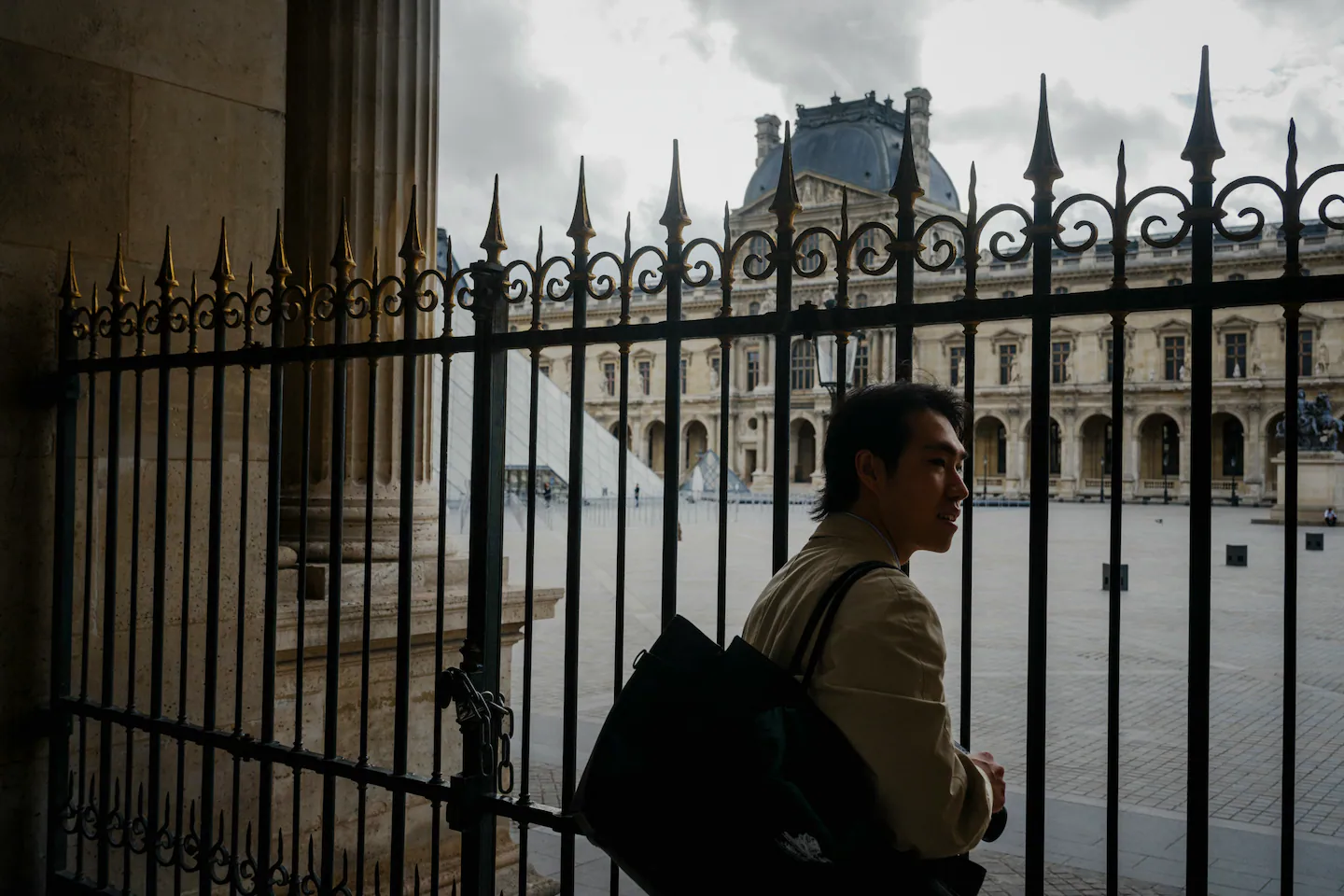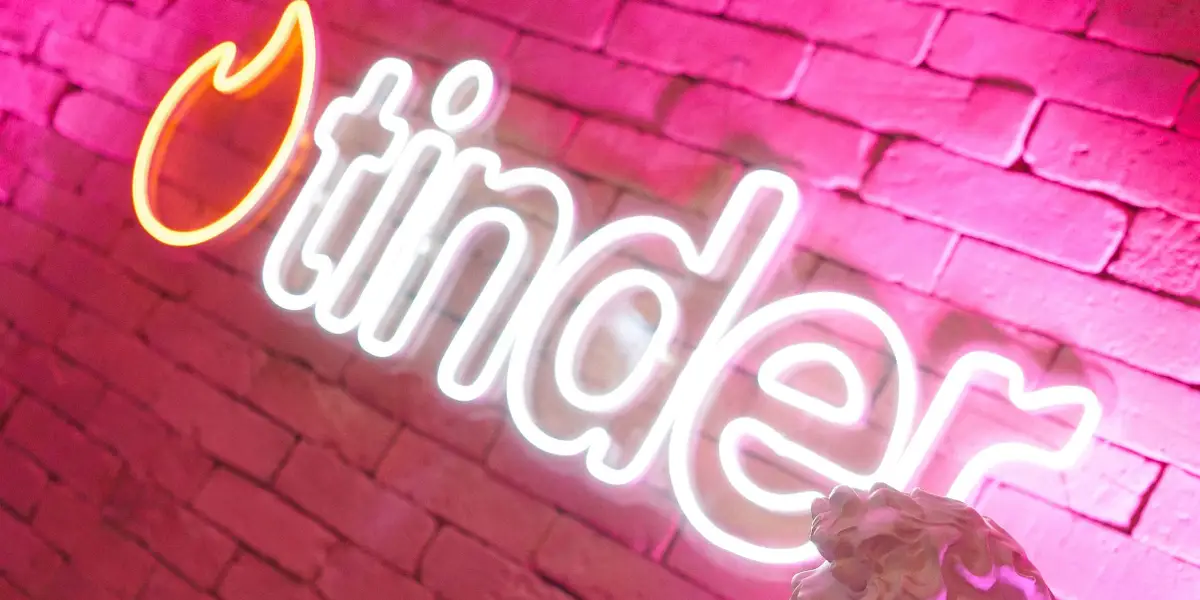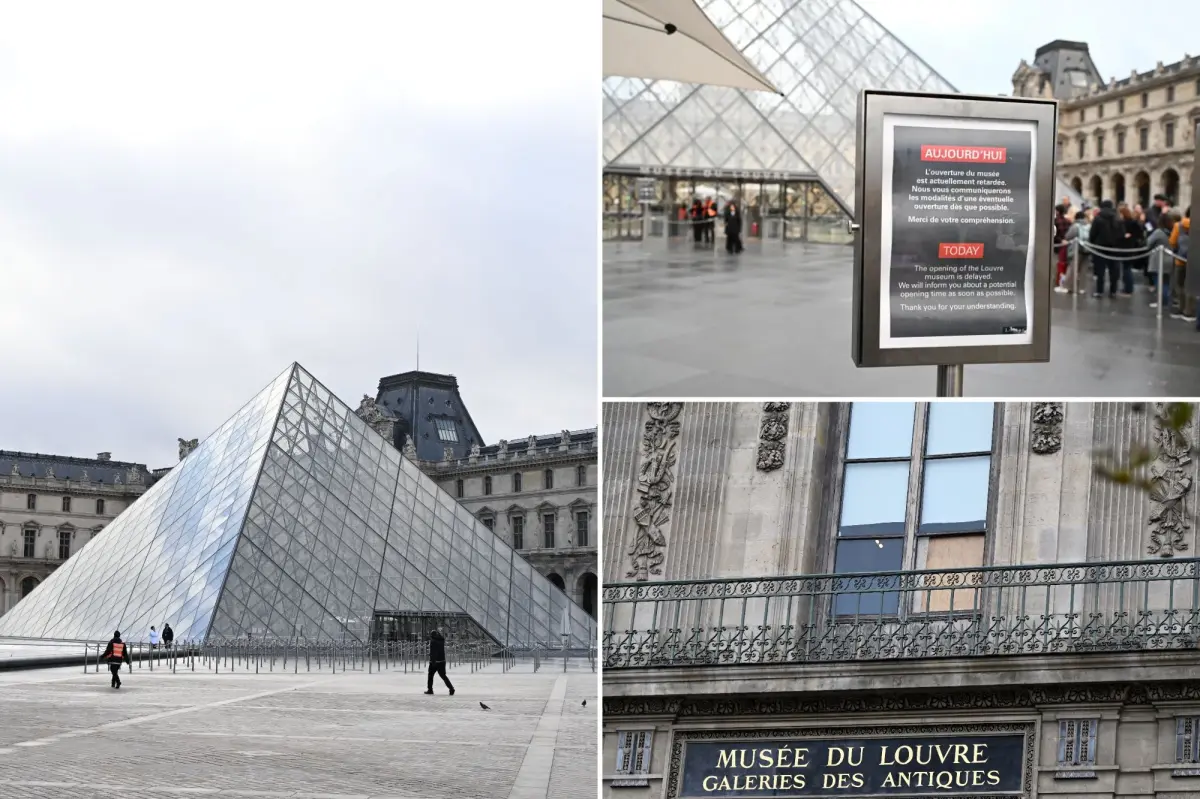Copyright The Boston Globe

An alarm was immediately issued to the Louvre’s security command center, which contacted the police, according to Laurent Nuñez, the interior minister, speaking to LCI television Monday. The police were on their way within minutes, he said, but when they arrived, the masked intruders had already jumped on two motor scooters and taken off. In their haste, the intruders dropped a crown featuring 1,354 diamonds, 1,136 rose-cut diamonds, and 56 emeralds. The robbers also left behind a yellow vest and a bottle of fluid that they had used to douse part of the truck as they tried to set it on fire, according to the Paris prosecutor’s office. But they made off with eight precious pieces of jewelry, including a royal sapphire tiara and a royal emerald necklace with its matching earrings. The pieces were not insured, which is not uncommon for state collections because of the prohibitive costs, according to France’s Culture Ministry. The Paris prosecutor, Laure Beccuau, said on French radio Tuesday that the items had been valued at 88 million euros by a Louvre curator. But she said they would likely garner much less if they were disassembled and melted down. The robbery — the stuff of movies — has raised significant questions about whether one of the world’s most famous museums could have been better protected from a crime some politicians have suggested was both a tragedy and a national embarrassment. For the moment, officials say they are working on the basis that the culprits are most likely members of a criminal gang, of a kind that experts say would probably be more interested in breaking down the stolen jewels for resale than for their artistic value. Officials are also zeroing in on how the museum’s alarm systems work. Nuñez said that police patrols, which focus mostly on the Louvre’s crowded central entrance, were not near the thieves’ truck. And while the museum is surrounded by cameras, he said there were not enough officers to continuously monitor the feeds. Vernon Rapley, a museum security consultant, said that institutions adjacent to streets they do not control, like the Louvre, rely more on quick police reaction. Labor unions at the Louvre said they had warned that continual renovations, repair work, and scaffolding for fundraising events, carried out on or around the museum, made it hard for employees to spot suspicious behavior. “The more we have exterior people working around the Louvre, the harder it is to differentiate who should be there,” said Julien Dunoyer, a leader with the Louvre unit of the SUD union, who has worked as a security agent there for 21 years. On Monday, parts of an unfinished report on the museum by France’s national auditor that had been ordered before the theft were leaked to French news outlets. The auditor found that 75 percent of the Louvre’s Richelieu wing had not been covered by video surveillance and that a third of the rooms in the Denon wing had no surveillance cameras. That wing is where the burglars struck, although officials said the refurbished gallery they targeted did have cameras. The report also criticized delays in updating the museum’s security system. The auditor confirmed the existence of the report to The New York Times but declined to share it. The Louvre has not publicly addressed the findings. But in an email to staff members after the burglary that a union leader shared with the Times, the head of the Louvre, Laurence des Cars, said they could count on her “determination in this hardship.” “When I took office, I warned of the need to strengthen our security architecture,” des Cars said in the email. She added that police had carried out “detailed studies” at her request and that the recommendations would be put in place. She gave no details. Still, labor unions at the museum said technical and staffing issues, particularly among security guards, had gone largely unaddressed for years. “It’s the entire surveillance system of the museum that is obsolete today,” said Alexis Fritche, general secretary of the culture section of CFDT, a national labor union. “There is a lack of staff to obviously deal with surveillance, but there is also a lack of staff for evacuation in case of difficulty.” Security staff members at the Louvre were reduced to 856 agents in 2023 from 994 in 2014, according to Dunoyer. But it is not clear whether more agents in the Apollo Gallery or even more security cameras would have prevented the theft. “Once they are inside, it’s already too late,” Dunoyer said. Dati said that at least three security audits since 2022 had been factored into plans to overhaul the Louvre, which were announced by President Emmanuel Macron this year. She said security control rooms were being upgraded and a new central control room was being created.



